I have created a Nuget Server using Teamcity (running on a virtual machine in internet) and created the build that publishes a package into it.
I also have another project that needs to use that package. This project is built on teamcity as well. On my local Visual Studio I added the nuget feed uri, installed the package and everything works fine. But when I try to build it on teamcity it says that "Package not found".
So my question is : "How to add the custom nuget feed to TeamCity build?"

